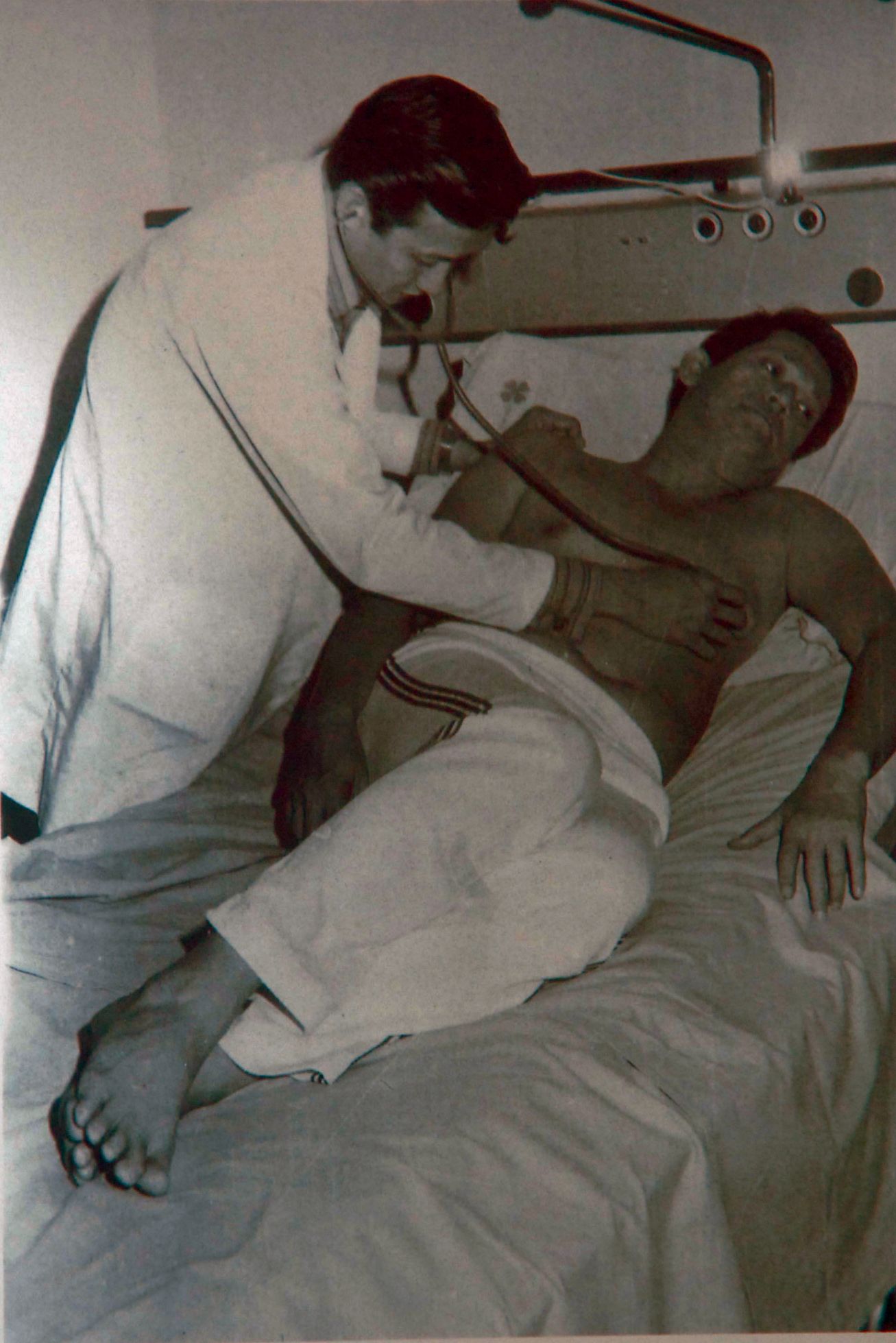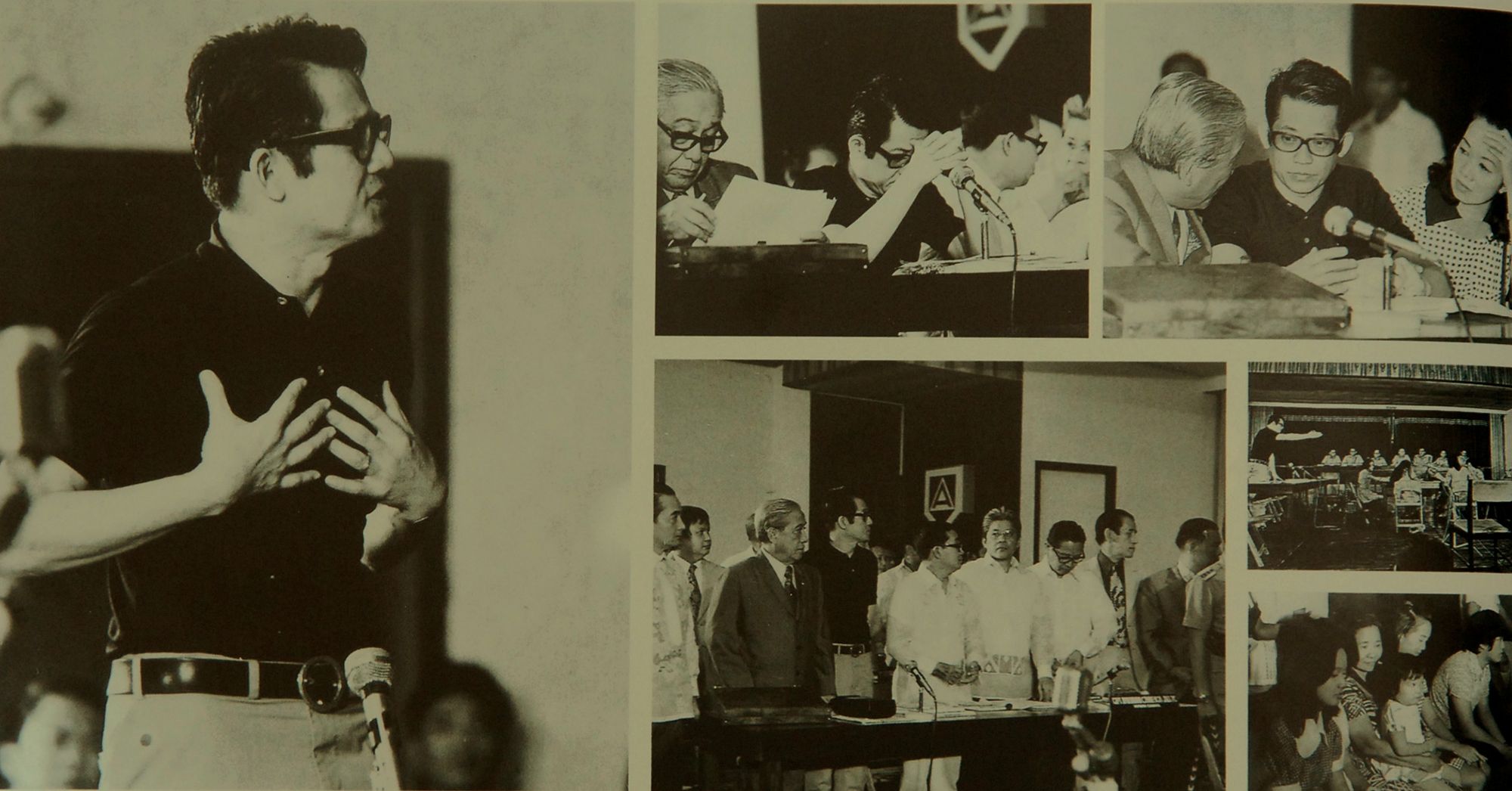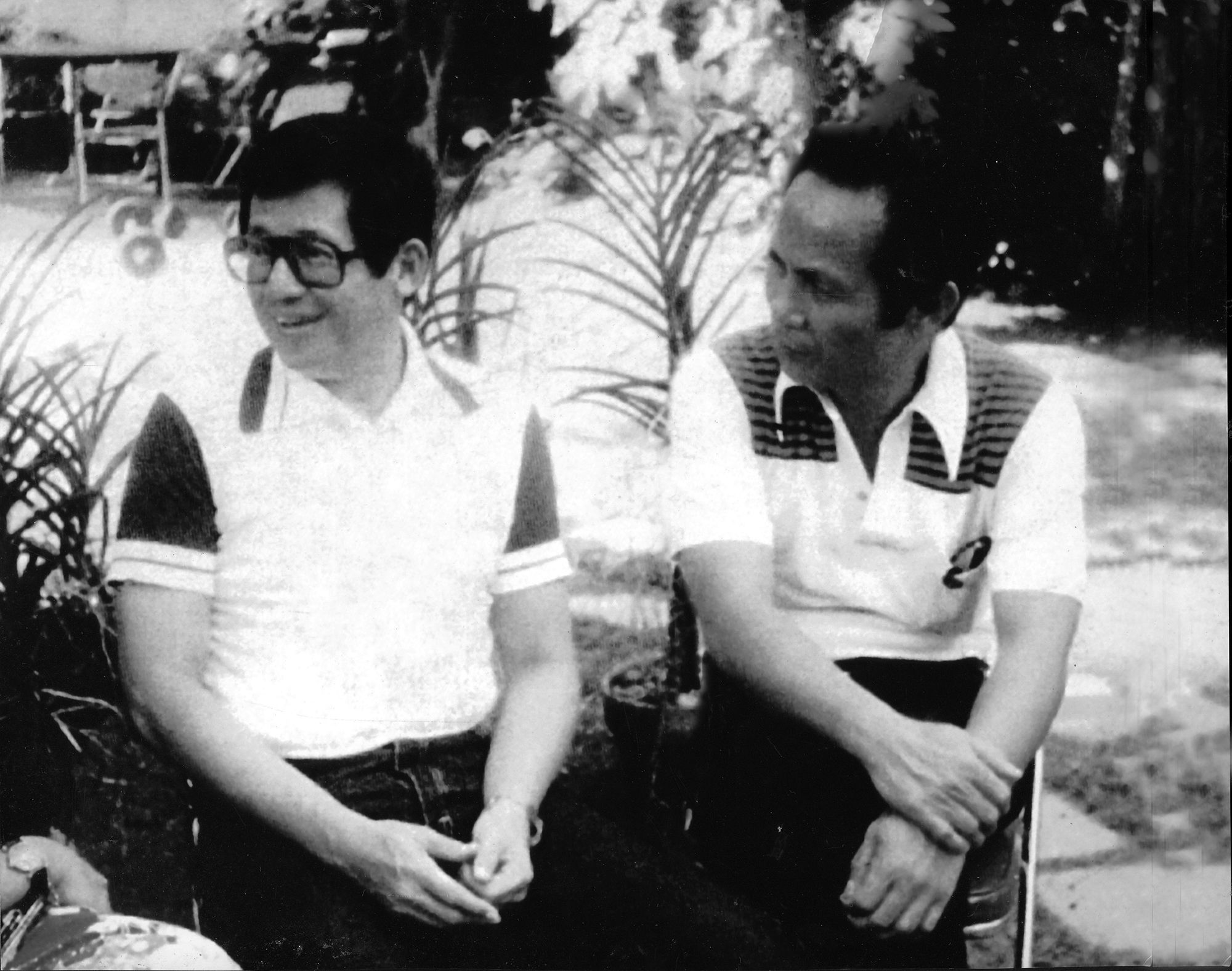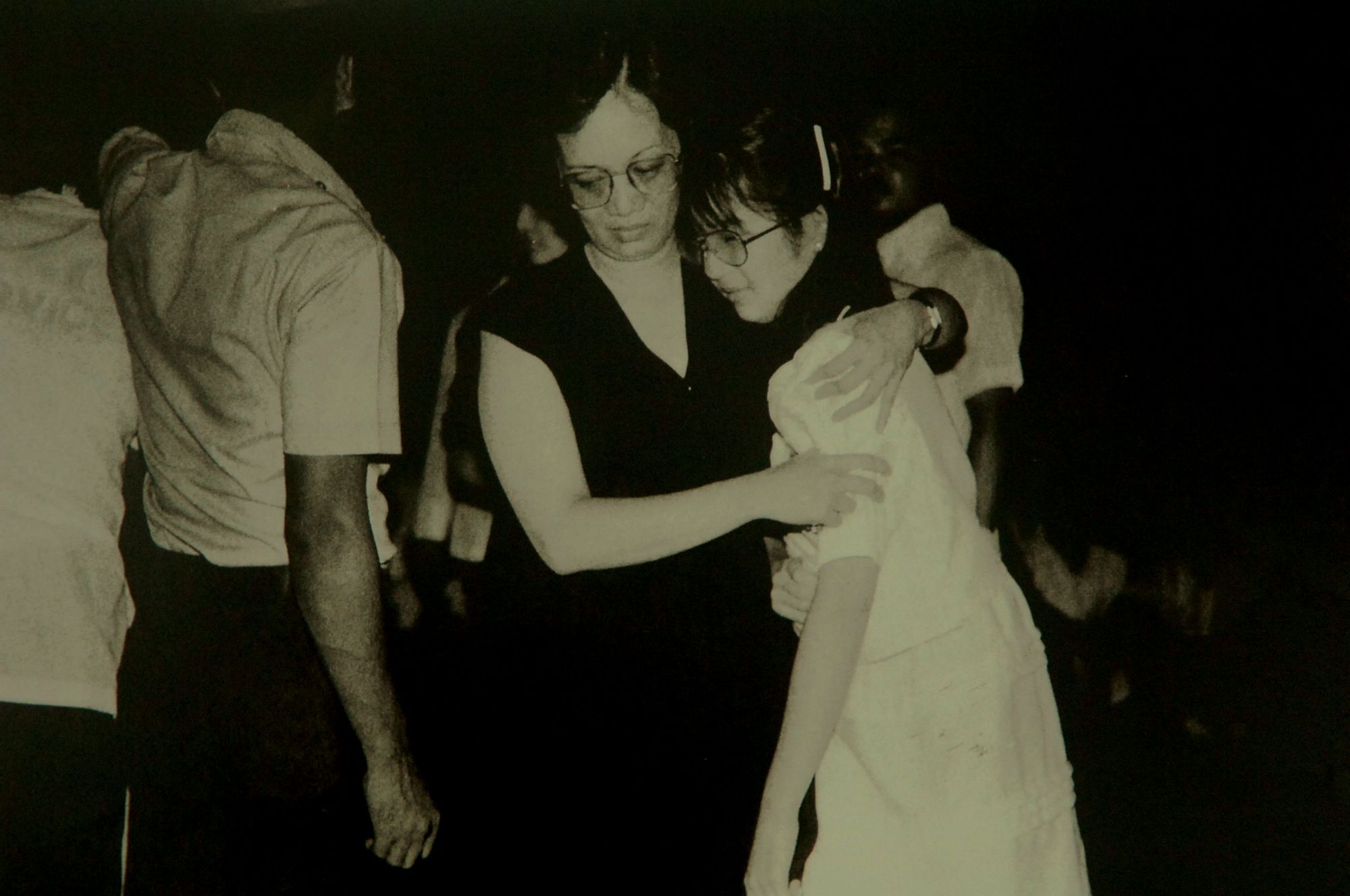Ninoy returned to Fort Bonifacio. An important man came to call—General Fabian Ver. Ver told Ninoy he was wrong about the president having lupus. Ver said the president was as strong as ever. Ver gently told Ninoy that Marcos was not buying his historic rendezvous idea.
And so the cobwebs of oblivion gathered anew around Ninoy’s Fort Bonifacio cell. There were talks, even negotiations about a possible exile to the US but they petered out. Some close advisers of Marcos feared that Ninoy in America would be a political bullet on the loose; a mischief maker who would use the CIA to stage a “bay of pigs” assault on the Philippines.
That was the tragedy of the Marcos power philosophy. The man in the palace could never believe that Ninoy had changed, that Ninoy was sincere, that Ninoy had been hit by God, that Ninoy really wanted to help him. The tragedy of Ninoy’s spiritual philosophy was his insistence that Christ existed in every man; that given a chance, he, Ninoy, could bring out the son of Nazarene in Ferdinand Marcos. The truth was that for Marcos, power was the ultimate fix, power at the very top. Secretly, he may have admired Ninoy. For Marcos respected men of courage, of vision of tenacity. Napoleon was an idol of Marcos and Marcos revelled in Napoleon’s famous quote: “A great man comes from the encounter between a great mind and a great opportunity.”
On March 19, 1980, while jogging outside his cell, Ninoy had a heart attack. The “languish in jail” scenario fell like Humpty Dumpty off the Malacanang shelf. On May 5, 1980, Cory took Ninoy to the Heart Centre of Imelda Marcos. On May 6, Ninoy suffered another attack. The doctors were one in their diagnosis: Ninoy needed a heart bypass. Ninoy and Cory insisted the bypass be performed at the Baylor Hospital in Dallas, Texas. The only surgeon who could do a bypass at the Heart Centre with sufficient skill was Dr Avelino Aventura. But the good doctor realised the grave political implications if he did the bypass. If Ninoy should die, the world could explode in his face; and the government would be hard put to explain Ninoy’s death. So Dr Aventura declined.
Finally, at Marcos’ behest, Imelda Marcos grandly swept into view in a beautiful pink terno. She visited Ninoy at the Heart Centre. In the twinkling of an eye, she arranged for the immediate departure of Ninoy and Cory for Dallas, Texas. The only proviso was that Ninoy could not attack Marcos and his martial-law government while he was abroad. A profoundly grateful Ninoy agreed. On May 8, 1980, Ninoy, Cory and three Aquino children enplaned for the US. After a three-and-a-half-hour triple heart bypass, Ninoy was a new man. Dr Rolando Solis, one of the heart specialists in attendance at Baylor, would later marvel at Ninoy’s heart. During a bypass, it is necessary to pour ice water on the heart to stop it from beating while the heart was being attached to a heart lung machine. Despite the first deluge of ice water, Ninoy’s heart continued to beat. Another deluge was necessary before it would stop.
The three years in Boston were the best three years the Aquinos ever experienced as a family. Ninoy did his level best to make up for the seven years and seven months that he was in Fort Bonifacio. He romped with the kids, queued for two hours so he could escort Kris to a movie. Two years as a fellow in Harvard University’s Centre for International Affairs and one year as a fellow in the Massachusetts Institute of Technology did more wonders for Ninoy’s already prodigious mind.
Ninoy also related to journalists in Boston how Marcos envied him his erudition. “I envy you,” Ninoy quoted Marcos as saying “because you have all the time in the world. At your fingertips, you have the greatest symphonies available to you, the greatest books, which are not available to me because all my working hours are spent with people. Here you are with the greatest luxury or the greatest minds in the world.”
Three meetings with Imelda Marcos in New York failed to alter Ninoy’s course. Imelda offered him prestige, money, if only he would recant. Even some State Department officials at the time felt that Ninoy’s return to Manila would just rock the boat of US-Philippine relations. Marcos was their ally and Ninoy was an interloper. Ninoy told the Agence France-Presse in an interview: “I don’t think the Americans trust me. They’re not sure about me, what I would do, what would be my actuation if ever I should become president. And so they cannot be sure I am their boy.”
Finally, it became clear that Ninoy was coming home. The earlier muffled roll of distant drums that he was returning now hit Malacañang like a thunderclap. Ninoy had to be stopped at all costs. The orders were out. All international airlines were warned against airlifting Ninoy to Manila—or else. Imelda warned against possible assassination. So did Defence Minister Juan Ponce Enrile. In an urgent cable, he counselled Ninoy to come home only when the danger had passed. Cory and the children bowed to Ninoy’s decision. But the other members of the huge Aquino clan, particularly his mother Doña Aurora, were aghast and against.
By this time, the spiritual strength of Ninoy had reached the mountaintop. The spectral voices of danger, assassination and perdition bounced off the man who surveyed the valley below. This time, he and Marcos would go to the edge of the cliff—and there the future of the Philippines would be decided.
THE MAKING OF A HERO










